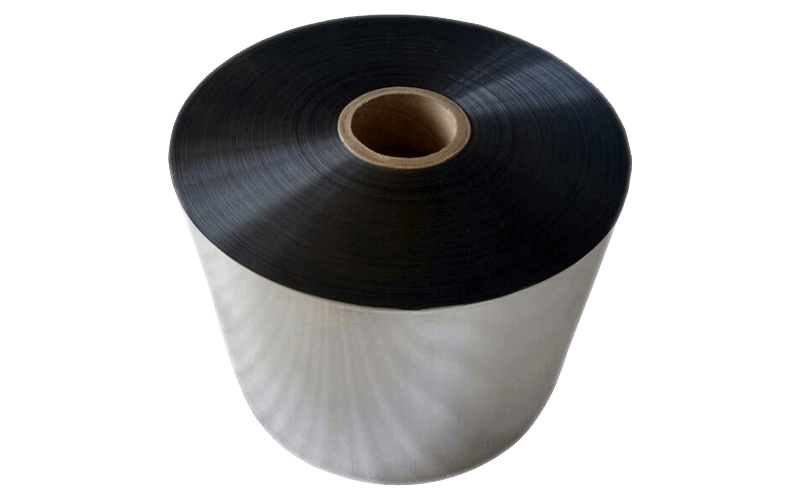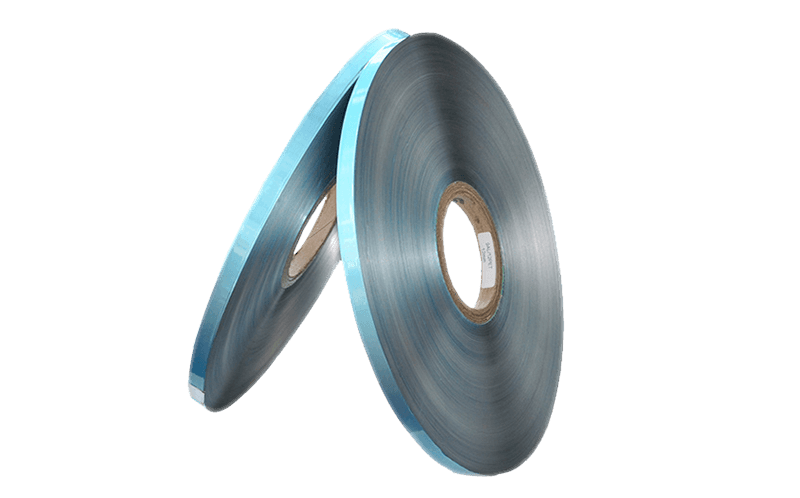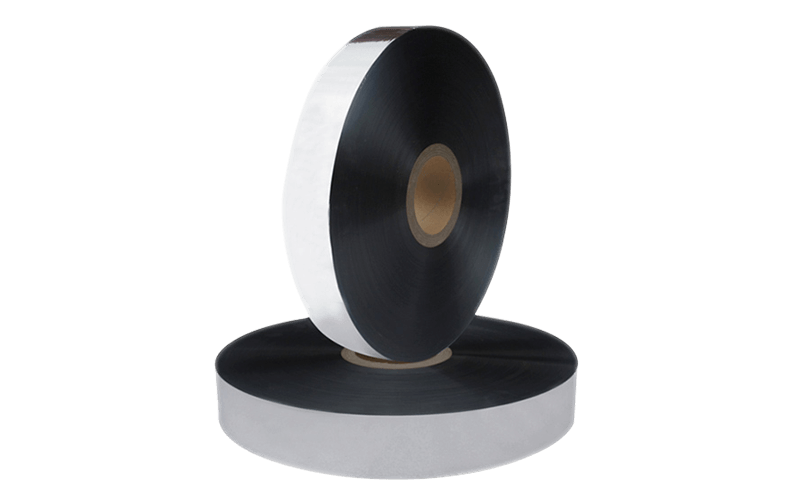Ordinary wire and cable 1. The applicable temperature r […]
Ordinary wire and cable
1. The applicable temperature range of ordinary PVC wires and cables is -15℃~60℃. When the ambient temperature of the place of use exceeds this range, special PVC wires and cables should be used; ordinary PVC wires and cables will emit when burned. Toxic fumes are not suitable for crowded places such as underground passenger transportation facilities, underground business districts, high-rise buildings and important public facilities.
2. Cross-linked polyvinyl chloride (XLPE) wires and cables do not have flame-retardant properties, but will not produce a large amount of toxic fumes when burned, and are suitable for industrial and civil buildings with "clean" requirements.
3. Rubber wires and cables have good bending performance and can be laid in severe cold climates, and are suitable for places with large horizontal elevation differences and vertical laying; rubber wires and cables are suitable for power supply lines for mobile electrical equipment.
Flame-retardant wire and cable
Flame-retardant cable refers to a cable that is burned under the specified test conditions and can spread the flame within a limited range. After the fire source is removed, the residual flame and residual burn can be extinguished within a limited time. The performance of the flame-retardant cable mainly uses oxygen index And smoky. Since oxygen in the air accounts for 21%, materials with an oxygen index exceeding 21 will self-extinguish in the air. The higher the oxygen index of the material, the better its flame retardancy. Flame-retardant cables can be divided into three categories: general flame-retardant cables, low-smoke and low-halogen flame-retardant cables and halogen-free flame-retardant cables according to their smoke characteristics during combustion. For directly buried cables, cables directly buried in building holes or masonry, and wires and cables laid through pipes, ordinary wires and cables can be selected. For cables laid in a box with a cover and a cable trench with a cover, if measures such as blocking, water blocking, isolation, etc. have been taken to prevent flame extension, the first-level flame retardant requirements can be reduced.
Fire-resistant wire and cable
1. Fire-resistant wires and cables refer to cables that can maintain normal operating characteristics after being burned in a flame for a certain period of time under specified test conditions.
2. Fire-resistant cables can be divided into organic type and inorganic type according to the insulation material. The organic type is mainly made of 800℃ high temperature resistant mica tape with a 50% overlap rate covering two layers as the fire-resistant layer; the exterior is insulated with polyvinyl chloride or cross-linked polyethylene. If flame retardant is required at the same time, as long as the insulation is required The material can be flame-retardant. After the organic fire-resistant cable is added to the oxygen barrier, it can withstand a high temperature of 950°C. No model is a mineral insulated cable. It is a cable that uses magnesium oxide as an insulating material and a copper tube as a sheath. It is called MI cable internationally.
3. Fire-resistant wires and cables are mainly suitable for lines that still need to maintain normal operation in the event of a fire.
4. The fire resistance rating should be determined according to the flame temperature that may be reached during a fire.



